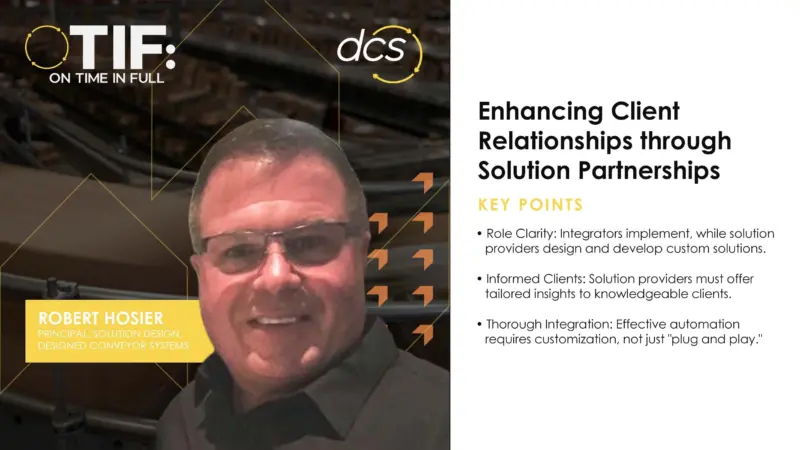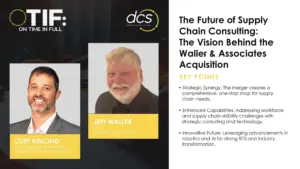Preparing Future Architects for the Future of Architecture with Michael L. Garrison from The University of Texas at Austin
As technology continues to alter the way architecture is thought of and implemented, the education process has also shifted. To get a peek behind the curtain, we sat down with Michael L. Garrison, Professor and Cass Gilbert Teaching Fellow at the University of Texas at Austin. Michael talks about how teaching architecture has changed over time, about preparing students for the 21st century, his involvement with the University of Texas at Austin Solar Decathlon Houses, and about what we have to look forward to in this industry.
“You might think of your house and you have maybe a thermostat, or maybe two thermostats, [but] think about [how] in the near future you may have two thousand thermostats,” Garrison said. “And so, with that kind of information [being] relatively cheap, your house can be able to be made in such a way that it in can have a different temperature in each particular room or actually be able to follow you as you move through the house and change the temperature as you move through it.”
HIGHLIGHTS FROM THE EPISODE
Elmer Guardado: So let’s talk about preparing these students for the 21st century architecture world, right? Because a lot has changed even just recently with this new approach with the smart building design and using technology and integrating it properly. So has that made teaching more difficult?
Michael Garrison: No. The contrary actually, you have to understand this year is the first year that we have students that were born in the 21st century. What makes them different than their older brothers for instance or older sisters is that they learned about computers and software when they were in grade school. So it comes naturally to them. We’re looking at some radical changes in architecture. When I was a student, we were all invested in modernism. It was about the industrial revolution, the industrial process, the mass production, but we began to see the rise of the skyscraper, the repetition of the module. By the end of the 20th century, we began to see that there were environmental problems associated with industrial production. The computer changed architecture dramatically. You can see some of the results of that in the first two decades of the 20th century. We have now have the ability, what we call parametric architecture and that is architecture that’s been generated using computers. So we’re able to make very unusual shaped buildings, but now we’re in the process of making those unusually shaped buildings more intelligent, smarter. You might think about how intelligent your car has become. Building industry is right behind the car industry and we’re just now beginning into the vanguard of intelligent buildings.
EG: Wow. Okay. Yeah. I hadn’t thought about it that way before. I guess it would be good and beneficial now that these students know about this technology, know its possibilities. So it’s interesting that I guess you don’t have to do that sell anymore, right?
MG: No. As a matter of fact, we’re following them. I think they’re in the leadership role of this and they’re the ones that are coming with more information into the classroom than we’ve ever seen before. They know how to network. They understand a lot of different softwares that are allowing us to see more things to understand better in terms of the analysis that we do on buildings about how they really work.
EG: Awesome. That’s got to be exciting. So in the pre-interview survey, Michael, we asked you what do you see as the biggest challenge in the industry and you answered the design evolution from parametric architecture to smart building design. Can we talk about that a little bit?
MG: Sure. You might think of your house and you have maybe a thermostat or maybe two thermostats. Think about in the near future, you may have 2,000 thermostats. And so with that kind of information relatively cheap, your house can be able to be made in such a way that it can have a different temperature in each particular room or actually be able to follow you as you move to the house and change the temperature as you move to the house. It could bring down the window shades. It could change the lighting. It could do a lot of things that we think of as being intelligent.
EG: So do you see this is an obstacle because it’s a little bit more difficult to teach just because it’s a newer concept or what’s the case?
MG: Not really because if you think about it, students are used to new software, new innovations changing almost on a monthly basis. And so if you have a smart building technology into your house, you just simply download the new software and it updates the system. And so they’re used to thinking about growth and change that way. Again, it’s something that it’s just second nature to them.
EG: I see. I see. So is there a specific thing in the industry right now specifically in smart building design that you think really exemplifies the evolution we’re seeing in the industry?
MG: Well, there are a number of high-tech companies of course that are just beginning to bring this online. If you think of Amazon or Google or some of the other, Apple for instance, that have new apps that begin to do this in your particular house or in your particular building, what we’re looking for in the near future if you think about this is something as sophisticated as the, let’s just your own skin, the envelop of the building, the skin of your body, the skin is the primary way in which we control temperature on our bodies. And so by dilating blood vessels or by controlling the water that we may have flowing to the envelope of a building, we can actually have a much more efficient air-conditioning and heating system than we have now. And that’s right now on the threshold of what we’re doing.
EG: That’s interesting because I recently spoke to a professor who taught AV and just things in the professional AV industry and he was talking about how he finds it difficult sometimes to get too specific with students just because he knows that the rate of change is so fast that something specific he might teach today might not really be relevant in a couple of years. So he’s trying to pick like a vague or more broad approach, is this something that applies in the architecture world if not now then maybe someday?
MG: Well, that’s what I’m saying, the rate of change is so fast. But again, we can update software as we go. So this idea of the technology being obsolete, you don’t think of the software and your computer is being obsolete. You think about it being updated on a monthly basis or a yearly basis at least.
For the latest news, videos, and podcasts in the AEC Industry, be sure to subscribe to our industry publication.
Follow us on social media for the latest updates in B2B!
Twitter – @AECMKSL
Facebook – facebook.com/marketscale
LinkedIn – linkedin.com/company/marketscale








